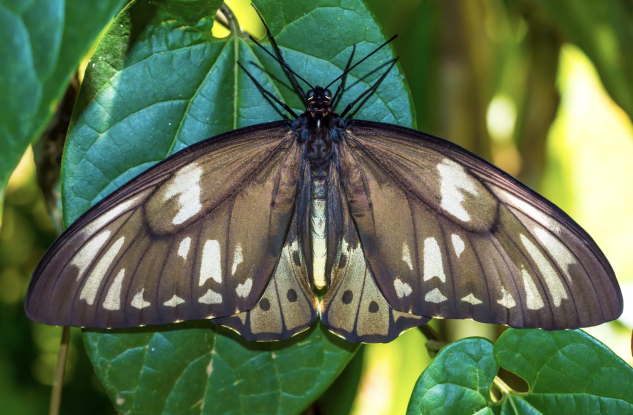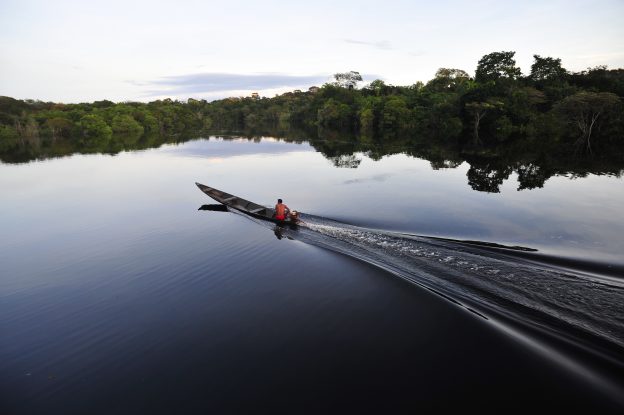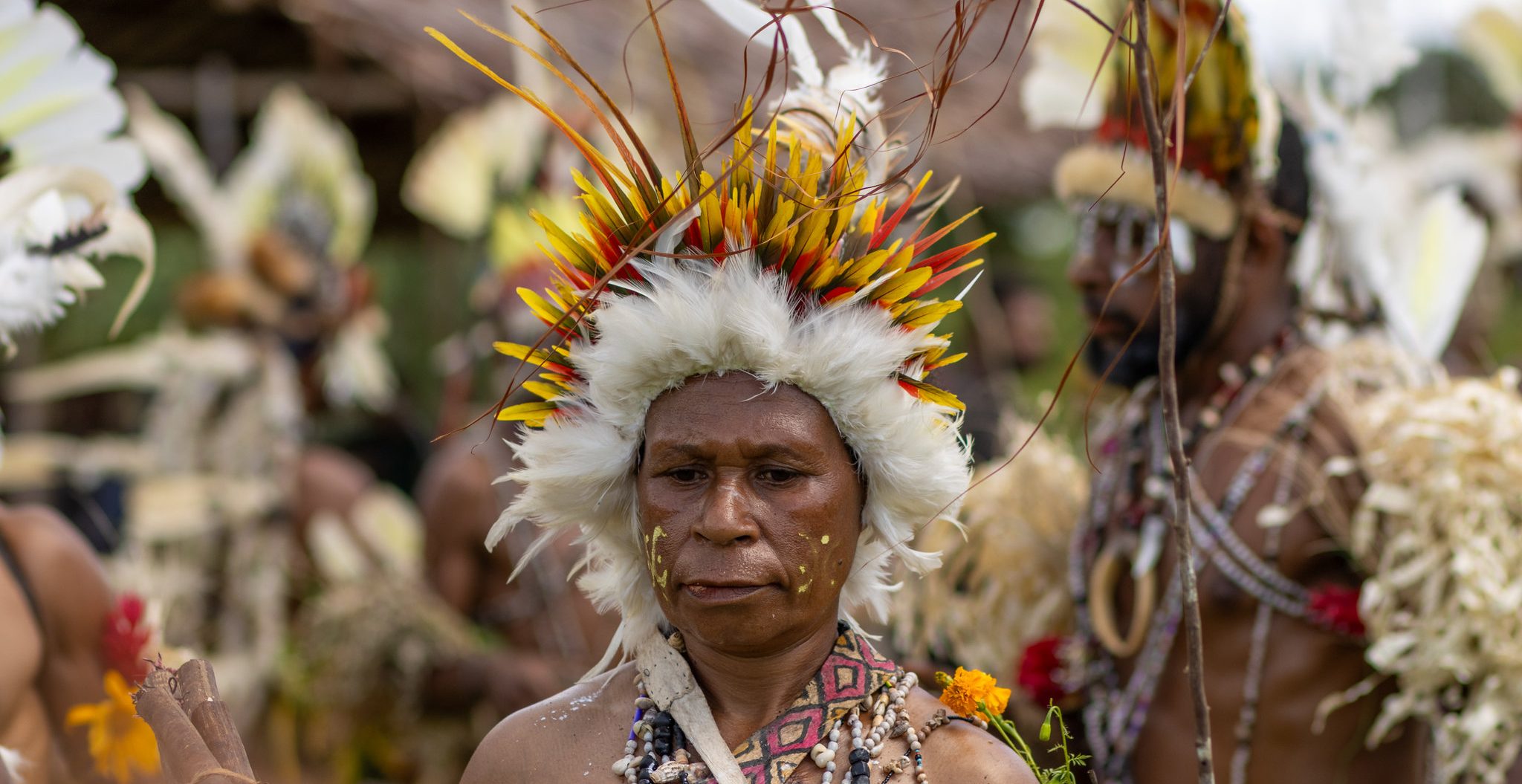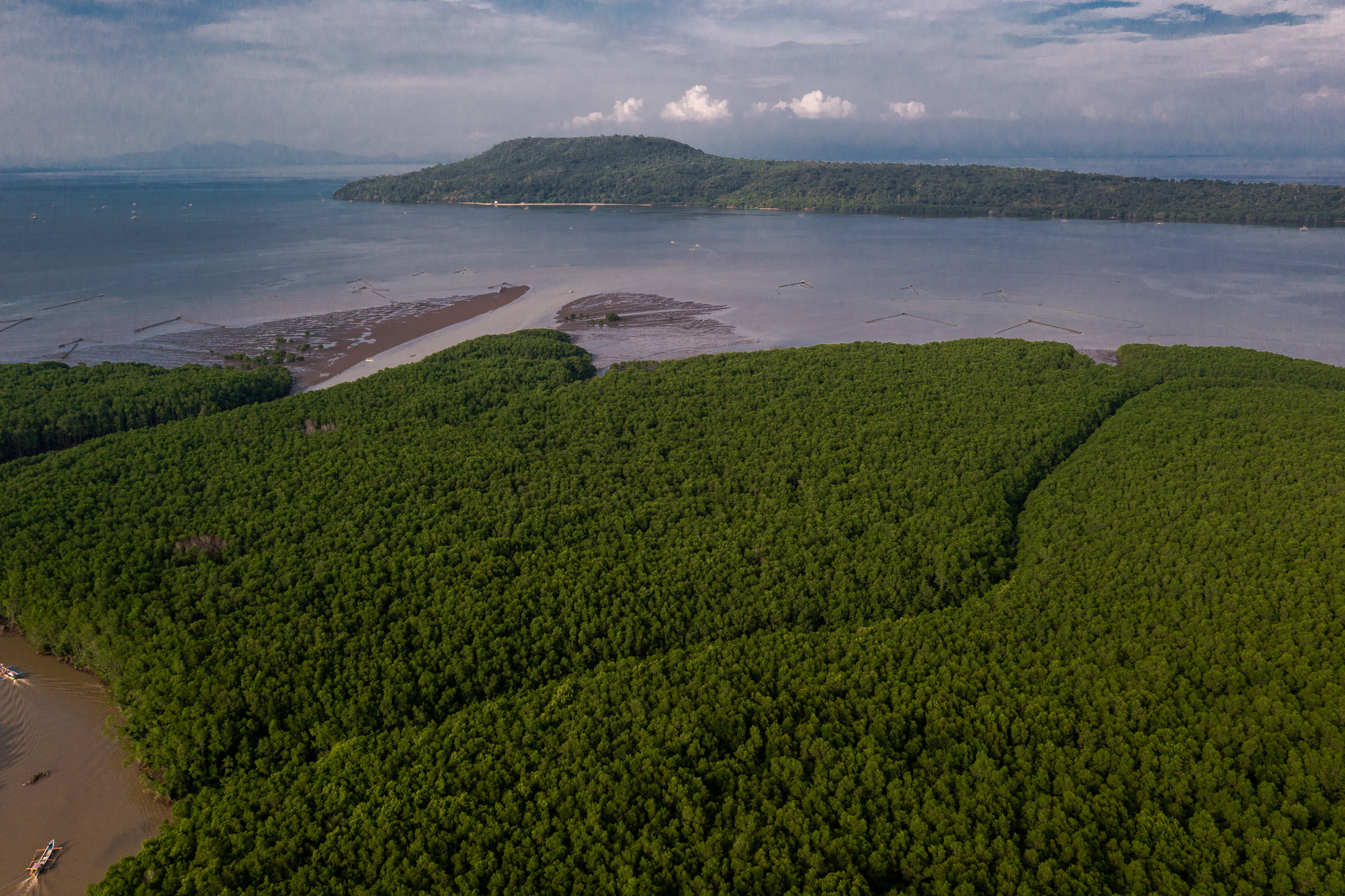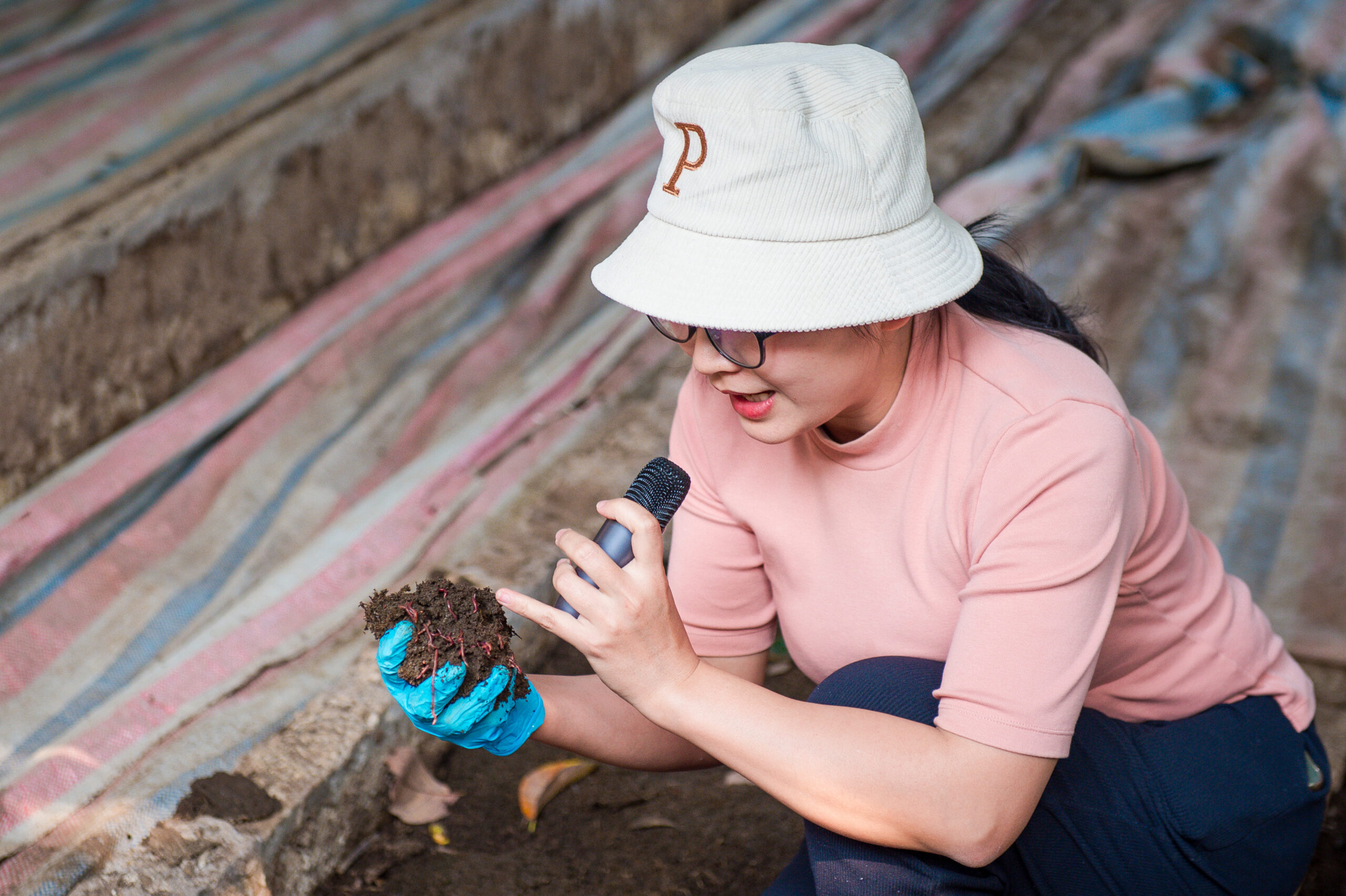The colourful plumage of Papua New Guinea’s birdlife exerts an enduring allure — for birds, people and collectors alike.Feathers have long served as symbols of attraction and prestige, central both to Darwin’s theory of sexual selection and to the cultural identity of Indigenous communities who have used them in ceremonial attire for tens of thousands of years.They also captivated early traders and colonists: the global demand for “exotic birds” once helped drive New Guinea’s waves of colonization.Â
Throughout history—and across both the human and non-human worlds—there has been a consistent desire to secure these rare and beautifully striking feathers to boost one’s own attractiveness.
From the male bowerbird adorning his nest with feathers from the King of Saxony bird-of-paradise (Pteridophora alberti) – a species named in honour of a European monarch who financed colonial expeditions – to the fashion-conscious Victorian Londoner wearing similar plumes imported from New Guinea at great cost, the appeal of avian beauty has long transcended species and societies.
The birds’ splendour, then, seems both a blessing and a curse. It has driven overhunting and exploitation in some cases, while inspiring critical conservation support and eco-tourism in others. Papua New Guinea (PNG)’s birdwatching industry, for instance, is both lucrative and relatively low-impact. Although international trade in native birds’ feathers is now banned, they are still harvested locally — especially for headdresses and other ceremonial attire. Yet this practice is contributing to the decline of many of the country’s endemic birds, raising critical questions about the interplay of cultural and biological conservation.
A study led by Grace Nugi, a local conservation biologist and former beauty queen, who grew up donning huge headdresses at cultural events, found that in KerowagiDistrict in PNG’s densely forested highlands, there were a greater number of Pesquet’s Parrots (Psittrichasfulgidus) preserved in headdresses than there were alive in the wild. This suggests that ongoing cultural harvest could well outpace its remaining population — especially as the region’s population continues to grow, alongside increasing demand for traditional regalia from urban residents. Male Raggiana birds-of-paradise (Paradisaea raggiana) display their vibrant plumage during courtship in Papua New Guinea’s forests. These iconic species are central to cultural traditions and discussions around feather harvesting in Papua New Guinea.
On the Managalas Plateau in Oro Province, which was recently declared a conservation area, the Center for International Forestry Research and World Agroforestry (CIFOR-ICRAF) and partners are supporting local organizations to develop and implement a management plan that can navigate the delicate balance between conservation, customary use and sustainable livelihoods. Feather harvest, says Will Unsworth, CIFOR-ICRAF’s programme manager in PNG, will need to be part of that conversation.Â
In Managalas, most feathers used in costume mostly come from Raggiana birds-of-paradise (Paradisea raggiana), dwarf cassowaries (Casuarius bennetti), Papuan lorikeets (Charmosyna papou), eclectus parrots (Eclectus polychloros), Pesquet’s parrots, brown sicklebills (Epimachus meyeri), palm cockatoos (Probosciger atterimus), sulphur crested cockatoos (Cacatua galerita) and Papuan hornbills (Rhyticeros plicatus), whose huge curved beaks are also used in jewellery and headdresses. Many of these species are officially protected, meaning commercial sale and export are prohibited. However, local landowners are still allowed to hunt and trade birds on their land for customary purposes.

Zone 4 of the Plateau — remote and lacking road access or livelihood alternatives – appears to host the largest numbers of Raggiana birds-of-paradise, and trade there is particularly significant. “To catch the birds, community members usually place a bait on the trees where the birds come to display, and when the male steps into the loop, they pull the rope to trap its legs,” explained Mellie Musonera, a Port Moresby-based environmental consultant involved in the project. “They sell the bird skins in [the nearby town of] Popondetta for about 20 kina – roughly USD 5 – each.”
Determining whether such harvests are sustainable, as Nugi’s team attempted elsewhere, will require far more data. To fill these gaps, CIFOR-ICRAF and the Managalas Conservation Foundation are launching a new biodiversity survey and monitoring programme that combines techniques such as camera trapping, passive acoustic monitoring, environmental DNA (eDNA) sampling in water catchments, botanical surveys and the documentation of Traditional Ecological Knowledge (TEK).
Elsewhere in PNG, organizations like the Wildlife Conservation Society (WCS) and the Sustainable Wildlife Management (SWM) Programme are taking pragmatic, low-cost steps to reduce hunting without undermining culture. Their approach is simple: teaching people to store headdresses properly – with mothballs and paper – so that each can last for decades. Some communities are also experimenting with dyed chicken feathers or synthetic substitutes, though these bring their own challenges. Expanding birdwatching tourism could further help keep the birds in the forest while creating new livelihood options. Men wearing traditional feather headdresses perform with Kundu drums during a cultural festival on the Managalas Plateau, highlighting how feather harvesting in Papua New Guinea remains deeply tied to heritage and identity.
Ultimately, a larger question remains: how can we cherish what is beautiful without falling into the notoriously human foible of ruining it in the process? Practices like birdwatching (admiring without owning) and preserving headdresses (loving what we already have) may yet help us hone a less destructive kind of love.
For more information on this project, please contact William Unsworth (CIFOR-ICRAF):Â w.unsworth@cifor-icraf.orgÂ
